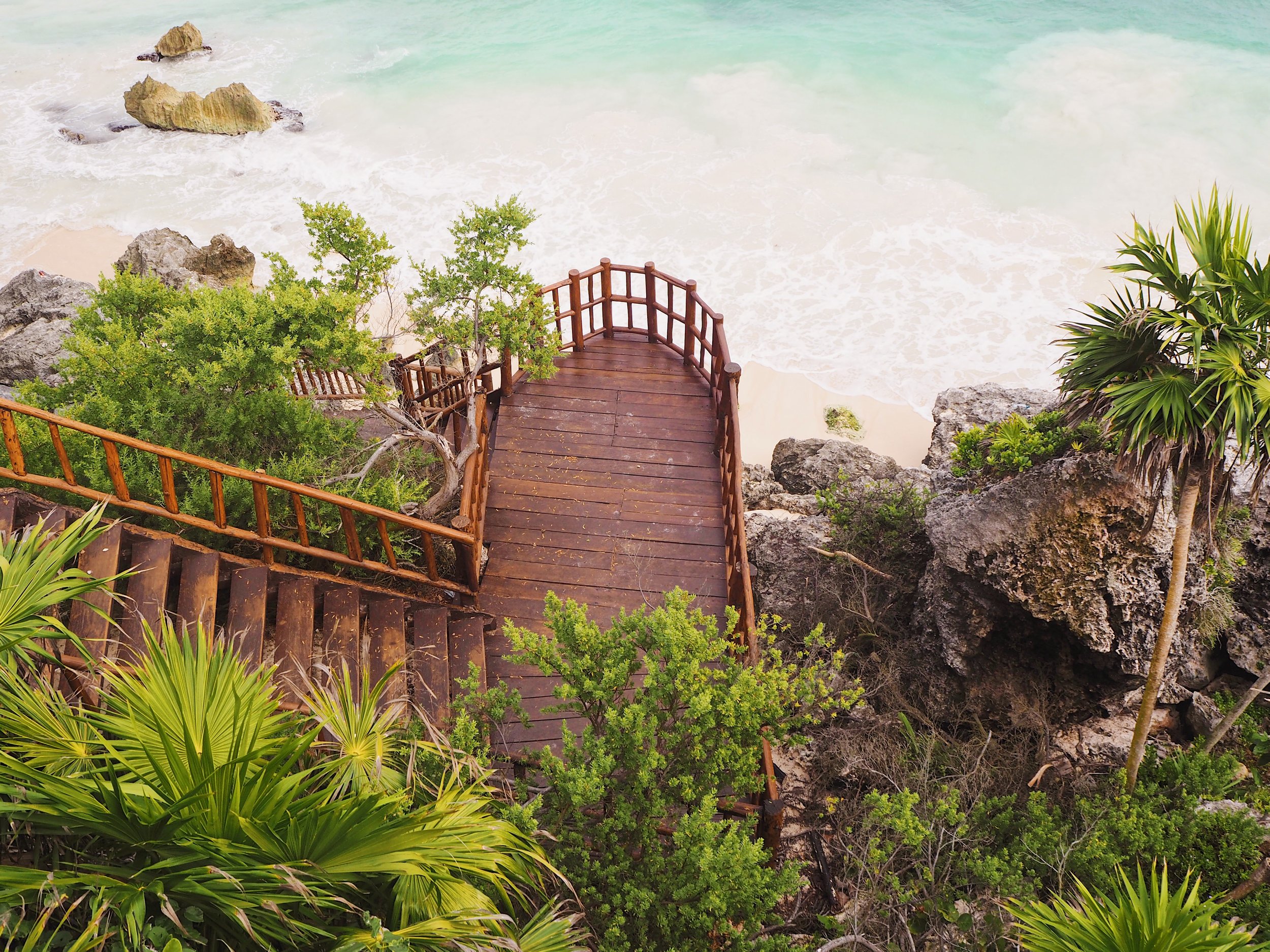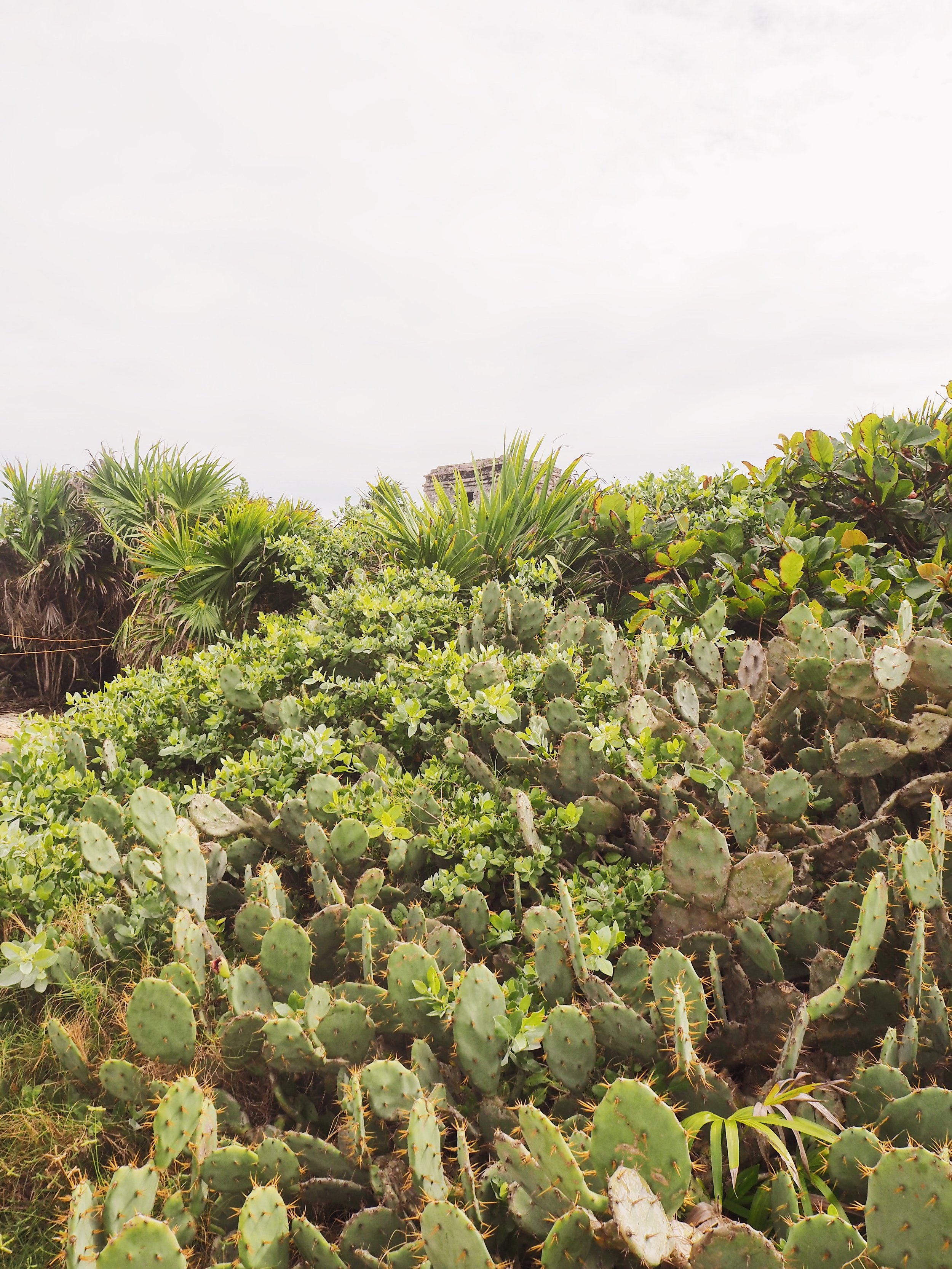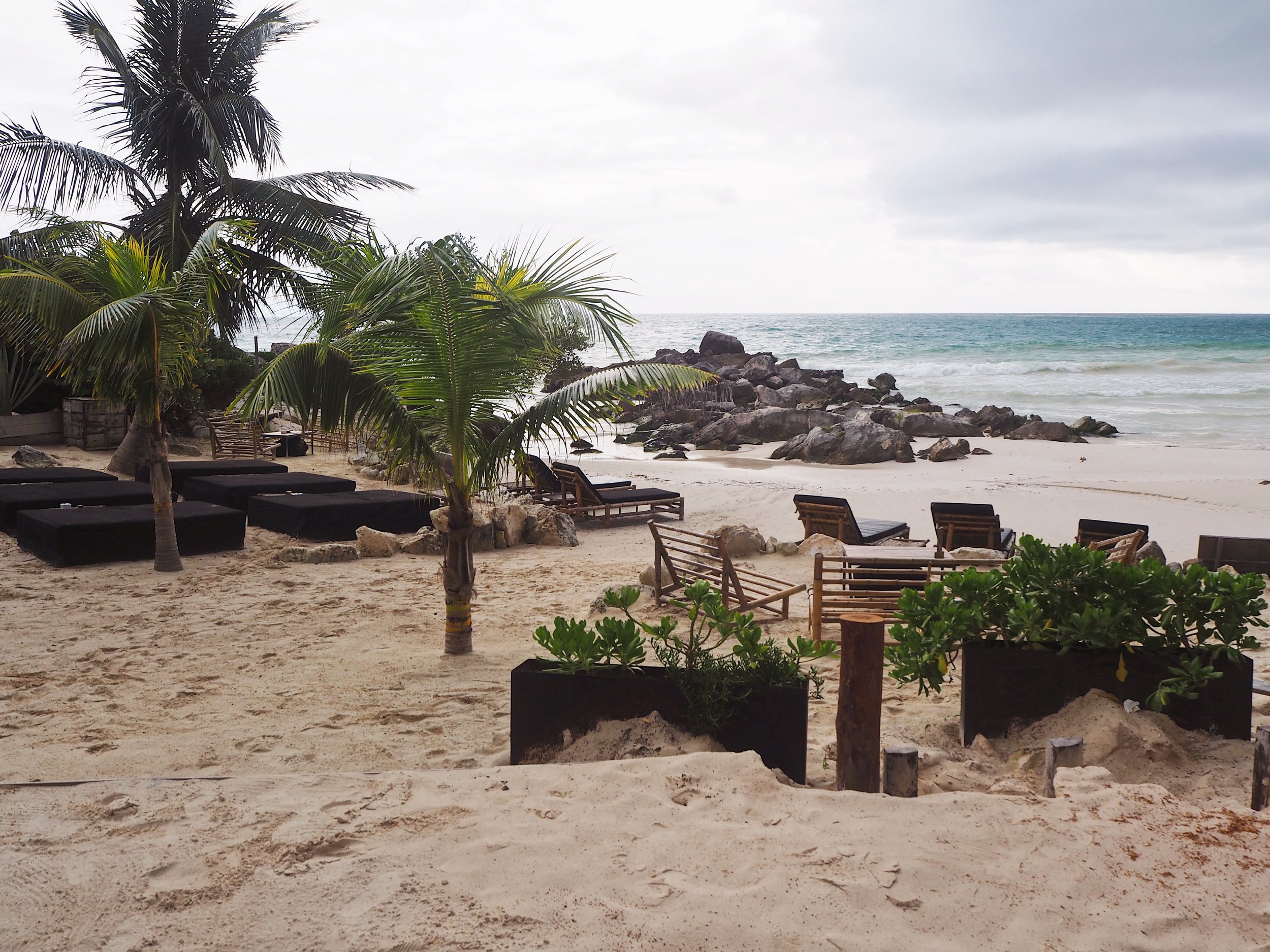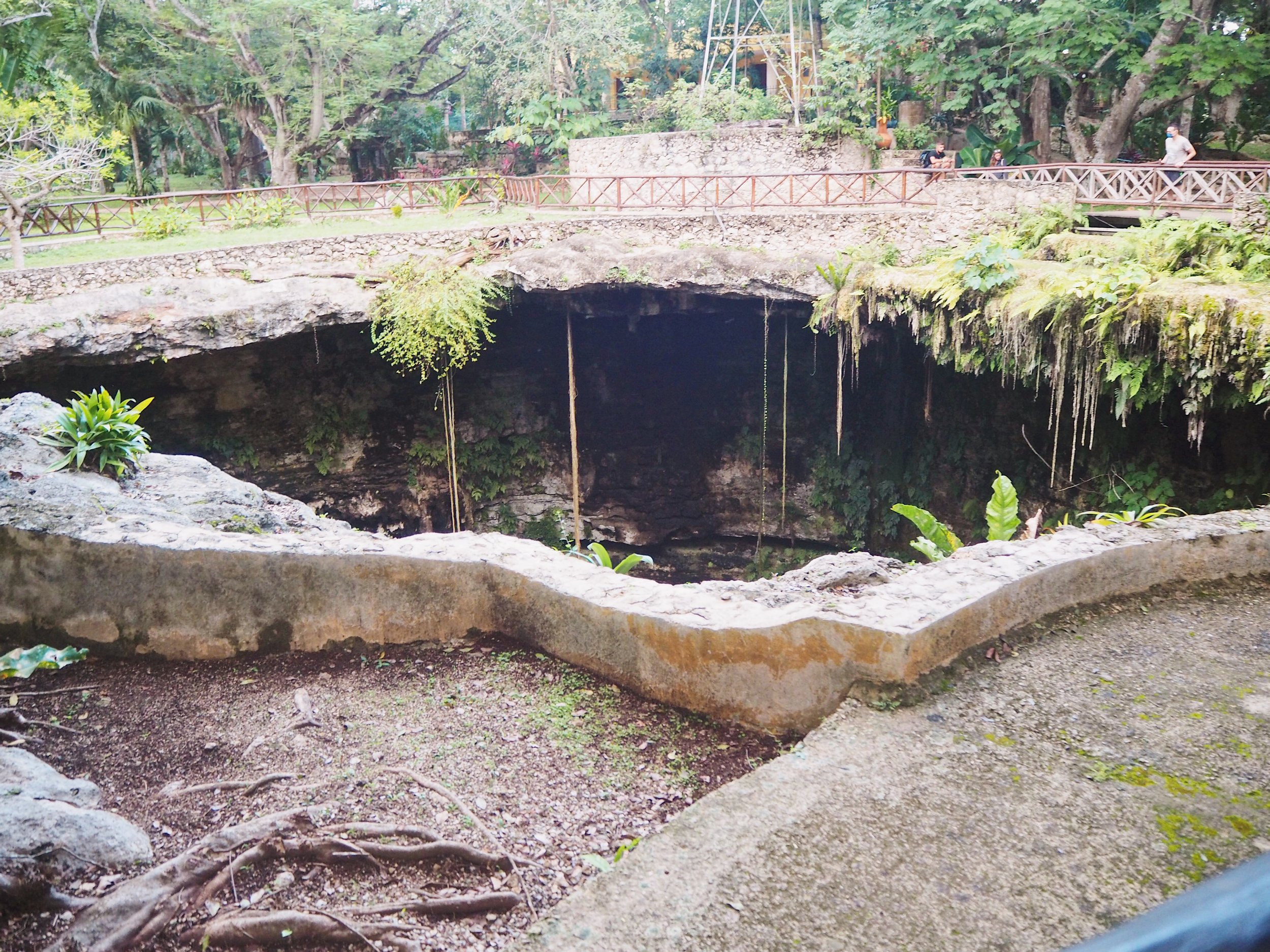photo journal for Tulum
Despite bars, cafés, pool sides and beach clubs teaming with the influential, we have the Cenote Naharon all to ourselves for a good hour before two girls arrive. They choose a palm tree next to where we’ve spotted a lounge of Basilisk Lizards to pose for their next post.
Tulum’s delicate balance of sandy beaches, jungle vegetation and ancient history has made it high priority on travel bucket lists. Mayan culture is present in the bygone city ruins, but also remains in the present with the rituals and beliefs that the indigenous population still practice - as well as temazcals and other spa like treatments being offered to “authentic”travellers passing through.
It’s a small strip of sand that has attracted these crowds in their droves, but just outside of Tulum yet more jungle, cenotes and Mayan ruins await - the most famous of which has even been granted “wonder of the world” status. If you like to keep busy, you’ll find there is no lack of ways to fill your day and the time it takes to pose on a beach with a cocktail may just slip away. Don’t be too distracted, here it’s about “the vibe” and if you’re not finding the time to relax into it, then you’re not getting it.
Looking for more bars and hotels in Tulum? Maybe our map can help.
For more Mexican destinations check out our photo journal for Mexico City & photo journal for San Miguel de Allende. For more destinations where you can explore ancient civilisations check out our photo journal for Angkor.



















